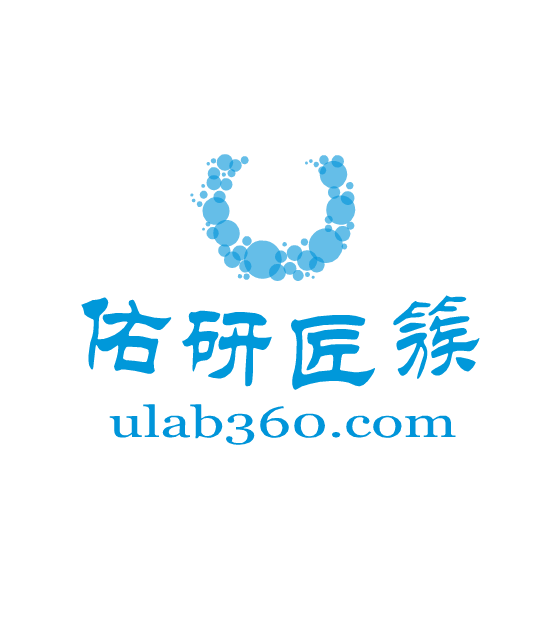描述:
EphA2, also known as Eck, Myk2, and Sek2, is a member of the Eph receptor tyrosine kinase
family which binds Ephrins A1, 2, 3, 4, and 5. A and B class Eph proteins have a common
structural organization. The human EphA2 cDNA encodes a 976 amino acid (aa) precursor
including a 24 aa signal sequence, a 510 aa extracellular domain (ECD), a 24 aa transmembrane
segment, and a 418 aa cytoplasmic domain. The ECD contains an Nterminal globular domain,
a cysteinerich domain, and two fibronectin type III domains. The cytoplasmic domain contains
a juxtamembrane motif with two tyrosine residues, which are the major autophosphorylation
sites, a kinase domain, and a sterile alpha motif (SAM). The ECD of human EphA2 shares 9094% aa sequence identity with mouse, bovine, and canine EphA2, and approximately 45% aa
sequence identity with human EphA1, 3, 4, 5, 7, and 8. EphA2 becomes autophosphorylated
following ligand binding and then interacts with SH2 domaincontaining PI3kinase to activate
MAPK pathways. Reverse signaling is also propagated through the Ephrin ligand. Transcription
of EphA2 is dependent on the expression of E-Cadherin, and can be induced by p53 family
transcription factors. EphA2 is upregulated in breast, prostate, and colon cancer vascular
endothelium. Its ligand, EphrinA1, is expressed by the local tumor cells. In some cases, EphA2
and EphrinA1 are expressed on the same blood vessels. EphA2 signaling cooperates with VEGF
receptor signaling in promoting endothelial cell migration. The gene encoding human EphA2
maps to a region on chromosome 1 which is frequently deleted in neuroectodermal tumors.
原厂资料:
EphA2, also known as Eck, Myk2, and Sek2, is a member of the Eph receptor tyrosine kinase
family which binds Ephrins A1, 2, 3, 4, and 5. A and B class Eph proteins have a common
structural organization. The human EphA2 cDNA encodes a 976 amino acid (aa) precursor
including a 24 aa signal sequence, a 510 aa extracellular domain (ECD), a 24 aa transmembrane
segment, and a 418 aa cytoplasmic domain. The ECD contains an Nterminal globular domain,
a cysteinerich domain, and two fibronectin type III domains. The cytoplasmic domain contains
a juxtamembrane motif with two tyrosine residues, which are the major autophosphorylation
sites, a kinase domain, and a sterile alpha motif (SAM). The ECD of human EphA2 shares 9094% aa sequence identity with mouse, bovine, and canine EphA2, and approximately 45% aa
sequence identity with human EphA1, 3, 4, 5, 7, and 8. EphA2 becomes autophosphorylated
following ligand binding and then interacts with SH2 domaincontaining PI3kinase to activate
MAPK pathways. Reverse signaling is also propagated through the Ephrin ligand. Transcription
of EphA2 is dependent on the expression of E-Cadherin, and can be induced by p53 family
transcription factors. EphA2 is upregulated in breast, prostate, and colon cancer vascular
endothelium. Its ligand, EphrinA1, is expressed by the local tumor cells. In some cases, EphA2
and EphrinA1 are expressed on the same blood vessels. EphA2 signaling cooperates with VEGF
receptor signaling in promoting endothelial cell migration. The gene encoding human EphA2
maps to a region on chromosome 1 which is frequently deleted in neuroectodermal tumors.



 京公网安备11010802025653 版权所有:北京逸优科技有限公司
京公网安备11010802025653 版权所有:北京逸优科技有限公司